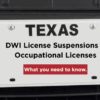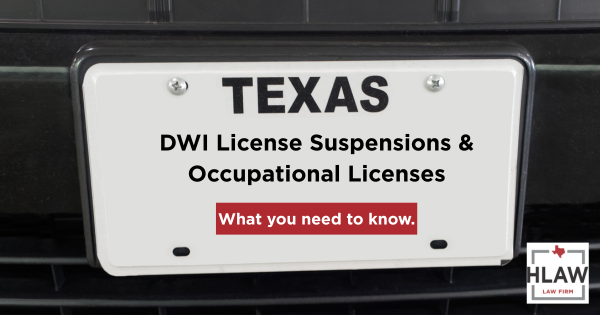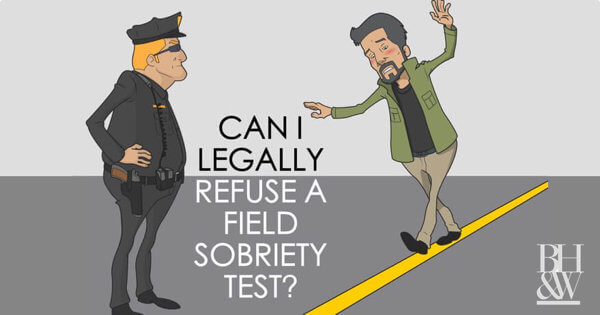DWI Conviction Overturned | Passing on the Shoulder Permitted in Certain Circumstances
 In many ways, Texas Court of Criminal Appeals also acts the State’s highest traffic court. What follows is a synopsis of Lothrop v. State, wherein the CCA opines on the legality of using the right shoulder of a road to pass a slower vehicle.
In many ways, Texas Court of Criminal Appeals also acts the State’s highest traffic court. What follows is a synopsis of Lothrop v. State, wherein the CCA opines on the legality of using the right shoulder of a road to pass a slower vehicle.
In Lothrop, the police stopped Appellant after observing him use the right shoulder of the road to pass a vehicle that was slowing down. Appellant was later arrested for Driving While Intoxicated (DWI). At trial, he filed a motion to suppress the evidence gained from the stop, arguing that the police officer did not have reasonable suspicion to make the stop. Appellant pointed to Section 545.058(a) of the Texas Transportation Code, which provides:
(a) An operator may drive on an improved shoulder to the right of the main traveled portion of a roadway of that operation is necessary and may be done safely, but only:
(1) to stop, stand, or park;
(2) to accelerate before entering the main traveled lane of traffic;
(3) to decelerate before making a right turn;
(4) to pass another vehicle that is slowing or stopped on the main traveled portion of the highway, disabled, or preparing to make a left turn;
(5) to allow another vehicle traveling faster to pass;
(6) as permitted or required by an official traffic-control device; or
(7) to avoid a collision.
The trial court denied the motion and Appellant pled guilty to DWI. The 2nd Court of Appeals (Fort Worth) affirmed the conviction, holding that “driving on an improved shoulder, regardless of circumstance, is prima facie evidence of an offense, and that Section 545.058(a) merely establishes defenses that a defendant may raise at trial.”
Think again, said the Traffic Court (a.k.a. CCA):
[T]he offense of illegally driving on an improved shoulder can be proved in one of two ways: either driving on the improved shoulder was not a necessary part of achieving one of the seven approved purposes, or driving on an improved shoulder could not have been done safely. Merely driving on an improved shoulder is not prima facie evidence of an offense. Thus if an officer sees a driver driving on an improved shoulder, and it appears that driving on the improved shoulder was necessary to achieving one of the seven approved purposes, and it is done safely, that officer does not have reasonable suspicion that an offense occurred.
With that, the CCA reversed the Court of Appeals and remanded the case back to the trial court. So there you have it – your traffic lesson for today from the CCA. You are free to drive on the improved shoulder of the road (without worrying that you will be pulled over) IF you are doing it safely and for one of the seven listed purposes.










